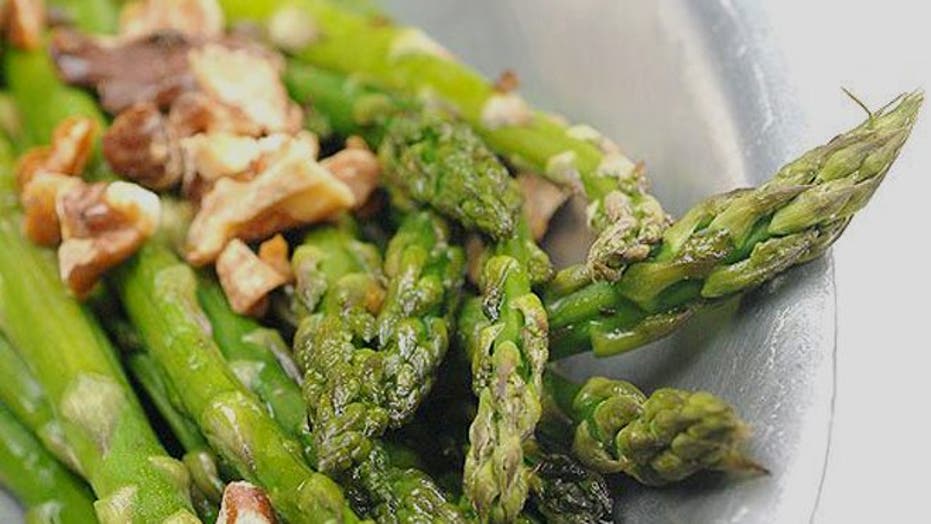A sure sign of Spring comes when asparagus pops up in produce sections across the country. In California, the first crops of asparagus are ready for harvest as early as February, but for the rest of the country asparagus season runs from April through May and heralds the coming of Spring. In some areas, like the Midwest and East, the fleshy green plant grows well into July.
Considered a delicacy since ancient times, asparagus provides a wealth of flavor and nutrients. The stringy green spears contain a wide variety of antioxidant nutrients, like vitamin C, beta-carotene, vitamin E, and the minerals zinc, manganese, and selenium.
Asparagus is much more perishable than other vegetables you can pick up at your local market. So be sure to take extra measures to keep the plant fresh while storing it in your fridge. Asparagus has a high respiration rate, so it is likely to dry up, wrinkle and harden if you don't keep it hydrated.
The easiest way to keep asparagus from drying out during refrigerator storage is to eat it. Make sure you consume the vegetable with 48 hours of purchasing it. To keep asparagus fresh while it is in the fridge, wrap the ends of the plant in a damp paper or cloth towel. And try out some of these great and versatile recipes to inspire you.

